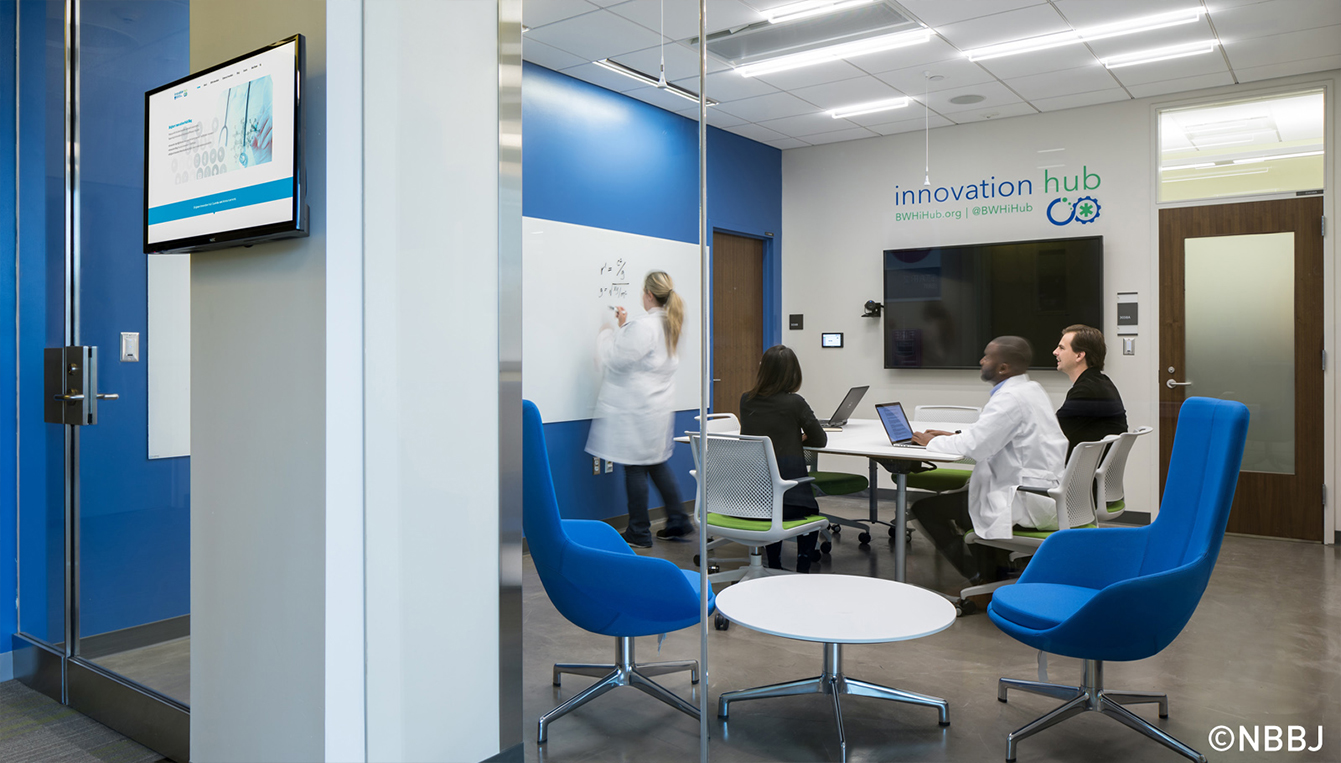Minh Tran
Consultant

Telemedicine has been a hot-button topic for over a decade at this point. What is it? Who will it help? What does it mean for the future of healthcare?
Well for starters, telemedicine stems from the idea of receiving quality medical care without having to go into the doctor’s office. For the patient, the waiting room is replaced by the living room, and for the caregiver the exam room is replaced by a workstation. With easier access to high-speed internet, crystal clear audio and video capture, and economic pricing of videoconferencing systems, widespread use is finally possible. It goes without saying that the benefits of telemedicine are enormous. Its increased use has allowed for much wider access to healthcare, especially for underserved rural populations. This aspect of modern medicine is changing how physicians approach their work as a whole—many telemedicine healthcare providers provide exclusively remote consultations.
Before coming to Acentech to work in the Systems Group, my first exposure to the promises of telemedicine came while working as a Clinical Engineer at a hospital. The first system purchased by the organization was pretty rudimentary in hindsight. Essentially, it involved purchasing a couple of dedicated video conferencing systems and fashioning them onto carts so they could be wheeled into a conference room when needed. Its intended purpose was to allow patients to consult with their doctors without having to come into the facility itself. Keep in mind, though, that this was over 10 years ago—the iPhone wasn’t even released yet! The concept of video calls have been teased since The Jetsons, but the ease and clarity seen with the technology dreamed up in that cartoon was hardly possible for everyone. High speed internet was around, but most households had asymmetric data plans that had a greatly reduced upload speed compared to our capabilities, which made it impossible for patients to connect to the systems at the hospital. Essentially, because people and their homes were not yet ready to accept video conferencing, the systems usually just sat in a closet, collecting dust.
But, as time started to pass, technology started to advance. The next implementation that came into our hospital was used in the Neonatal Intensive Care Unit (NICU). Its primary use was to allow parents and family to visit with the newborn who may be in the unit for weeks or months before they were well enough to be released. Physicians also used it to consult with other specialists using the camera to allow a remote physician to visualize the patient. This system was much different than what was used before. This time, the hospital based this system on a PC based video chat system, similar to Skype. Most likely because it had a simpler, more universal client end for the parents to use and install it became a popular addition to the unit’s services. The ability to connect parents to their children, no matter the distance, with series of wires was a successful exercise in using technology to enhance the lives of families in need of specialized care.
These changes within the NICU helped to solidify this particular hospital’s push to try new aspects of telemedicine. One of the most jarring ones to walk, or rather roll, the halls was an actual robot. Although it wasn’t as dynamic Rosie from The Jetsons, the capabilities of this tool blew me away. Although I have to admit, at first I thought this was just a gimmick. After all, I remember the first attempts at mobilized telemedicine at the hospital, and I started to imagine this thing resigning to a fate of becoming a closet-dust-collector. But, first impressions are not always correct.
It was used in our Intensive Care Unit (ICU). Imagine a person-sized blue column with a computer monitor on top, roaming around the floor, and visiting patient rooms. At the other end of the robot was a doctor controlling its movements using its camera to navigate its way around to the various patient rooms. I thought that there was no way patients would respond well to this, but they did. Because the physician and patient were able to see each other’s faces it was able to bridge the gap between the importance of physical interaction and the remoteness of technology . The doctors also enjoyed the flexibility it offered to interact with their patients.
As technology becomes a larger part of our lives, continued adoption of similar technologies of will be inevitable, but should not be taken for granted. The basics of communication (message, transmission, and reception) need to be addressed to assure proper adoption, and inclusion of all populations from urban to rural. Healthcare facilities can create and control their end of the communication chain with the right technology, and room light and sound controls. With proper guidance patients can also create an environment so they can properly communicate with their doctor.
For instance:
The only real wild card? The transmission. The internet is currently the medium which we use for this communication. Ideally this communication should happen without the patient or healthcare facility having to worry if an internet connection will interfere with quality care.
Seeing the progression of telemedicine over the past decade has been fascinating, and its use for spreading access to healthcare is inspiring. Although it is no replacement for face to face interactions, but it will prove to be a a necessary tool for both providers and patients worldwide.